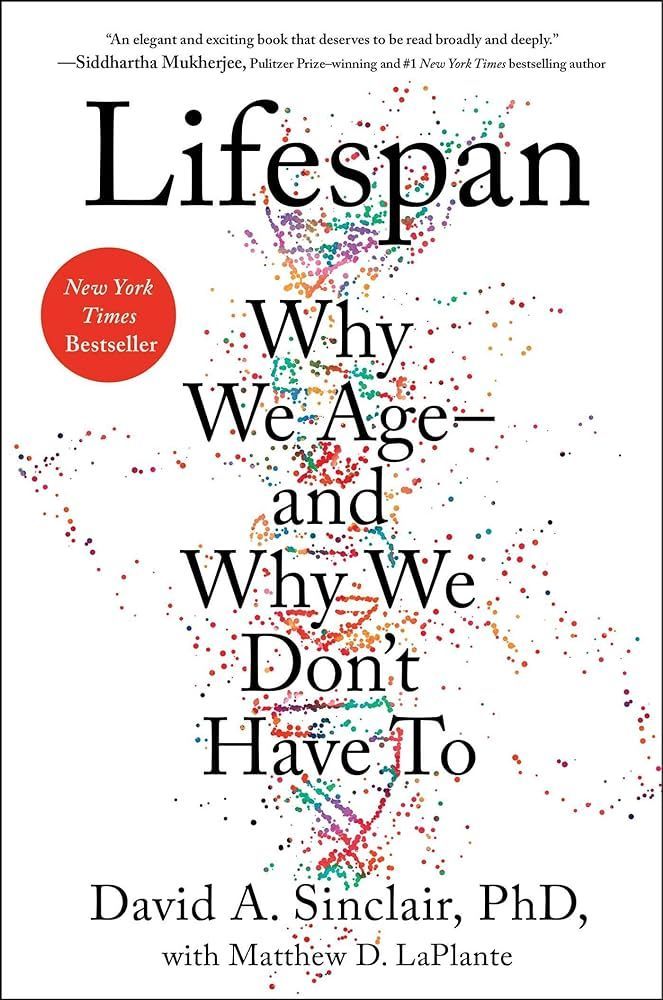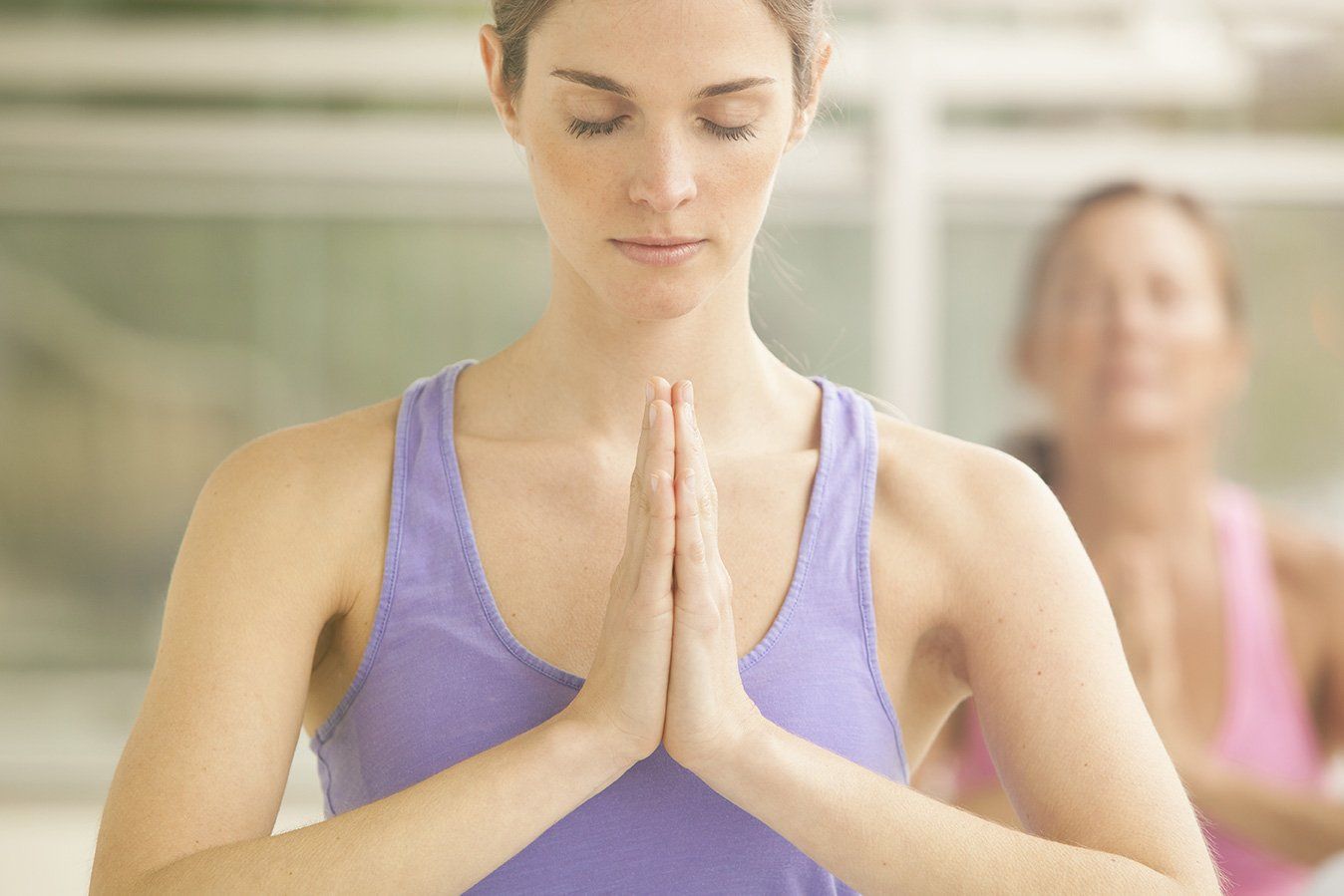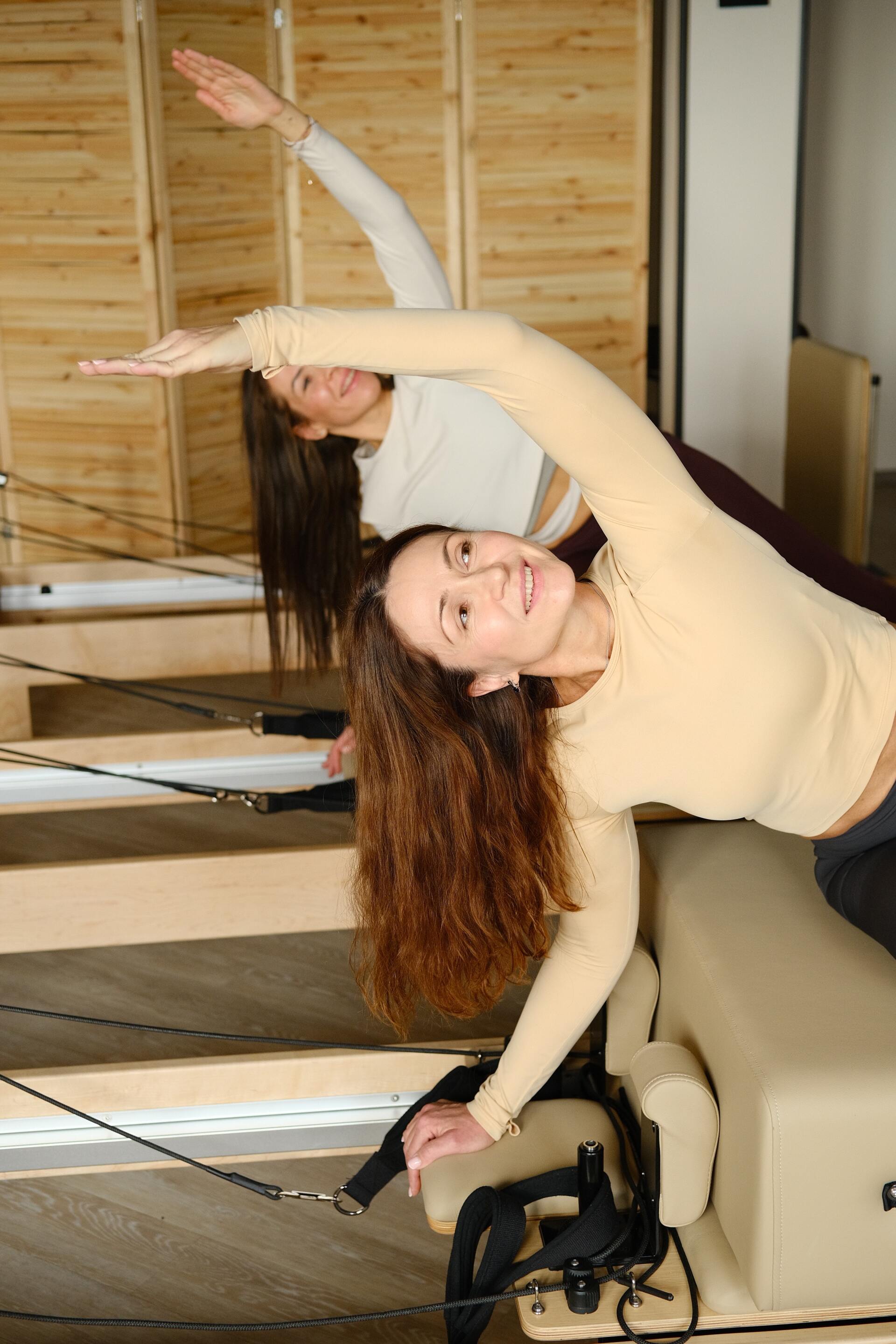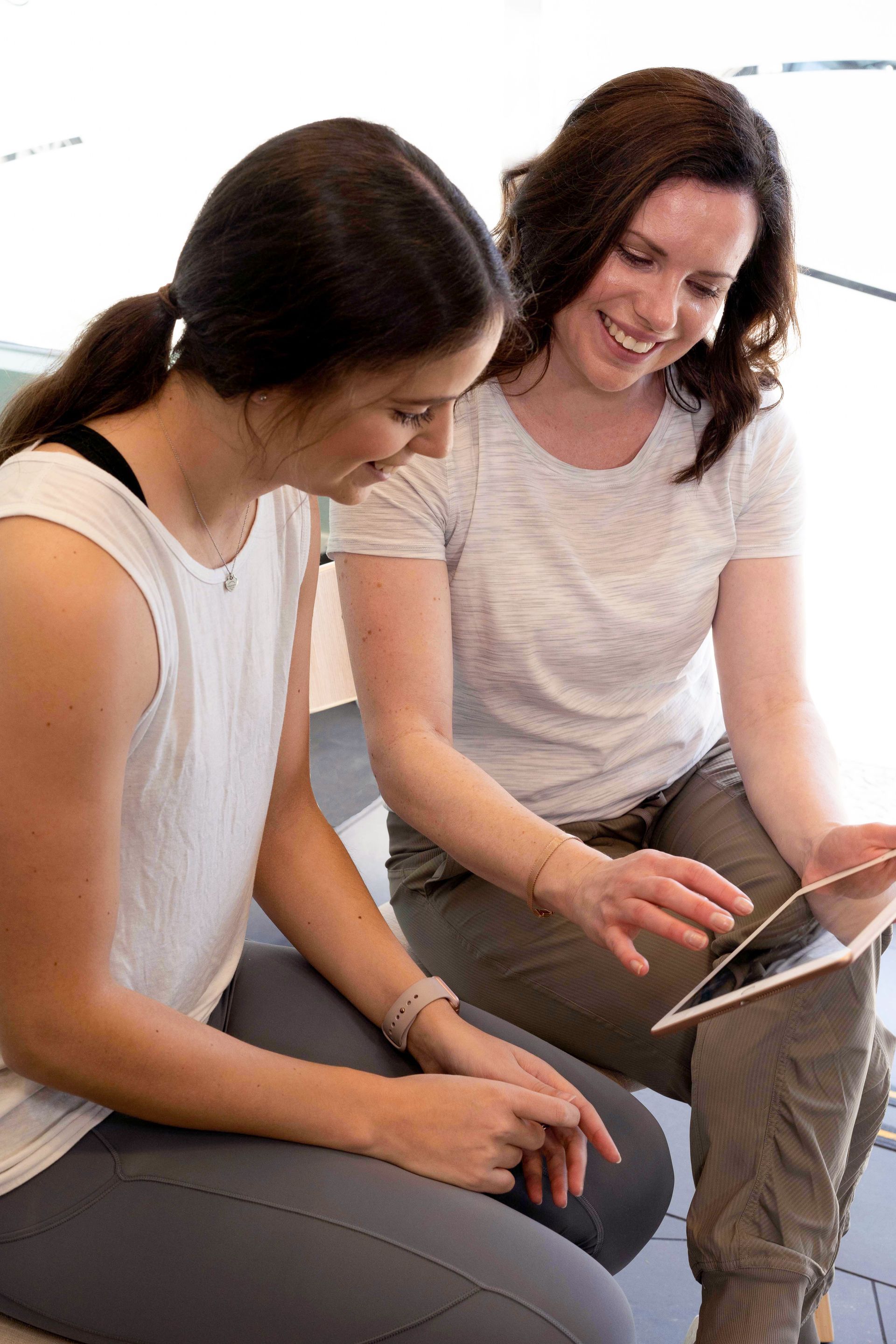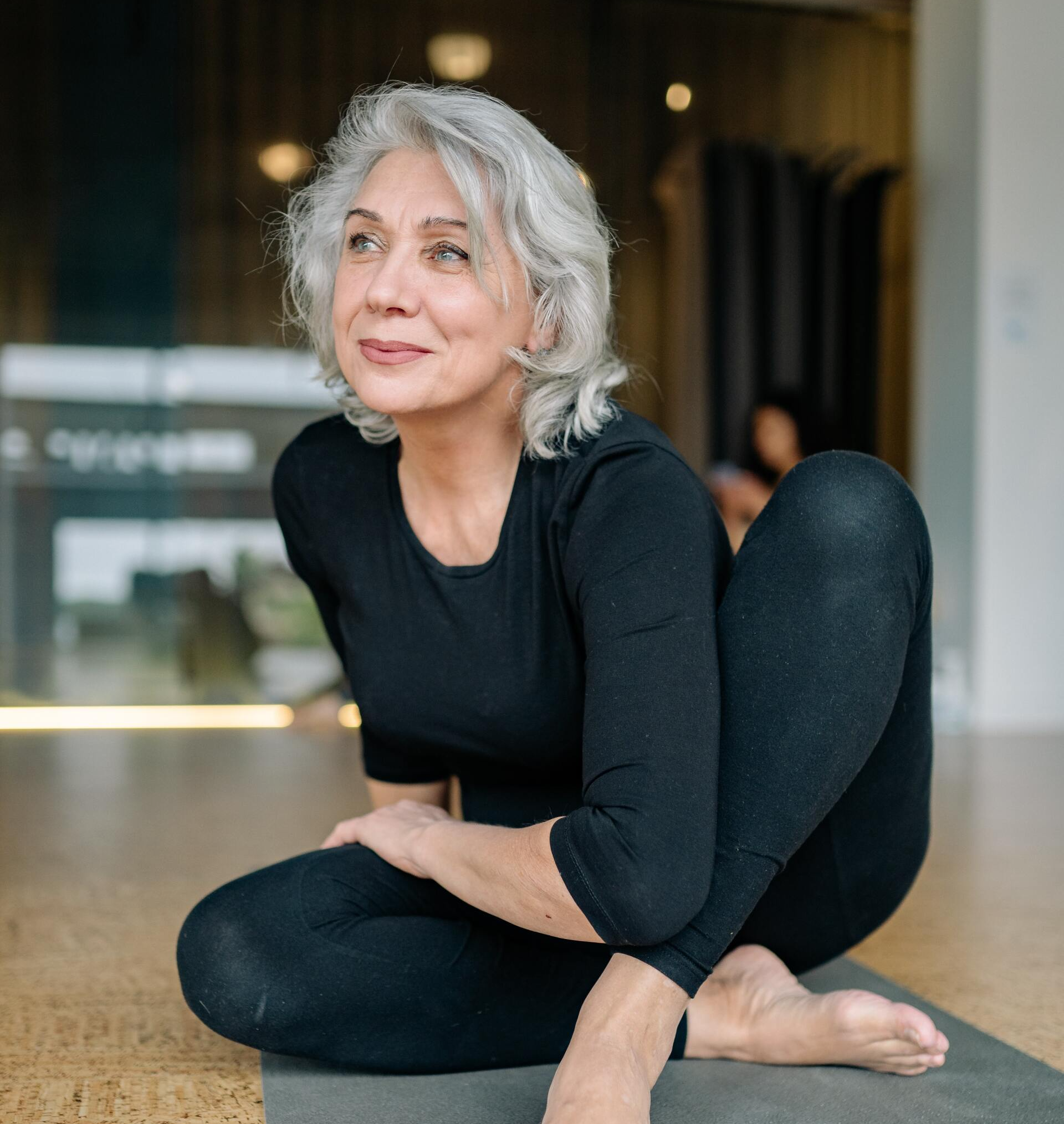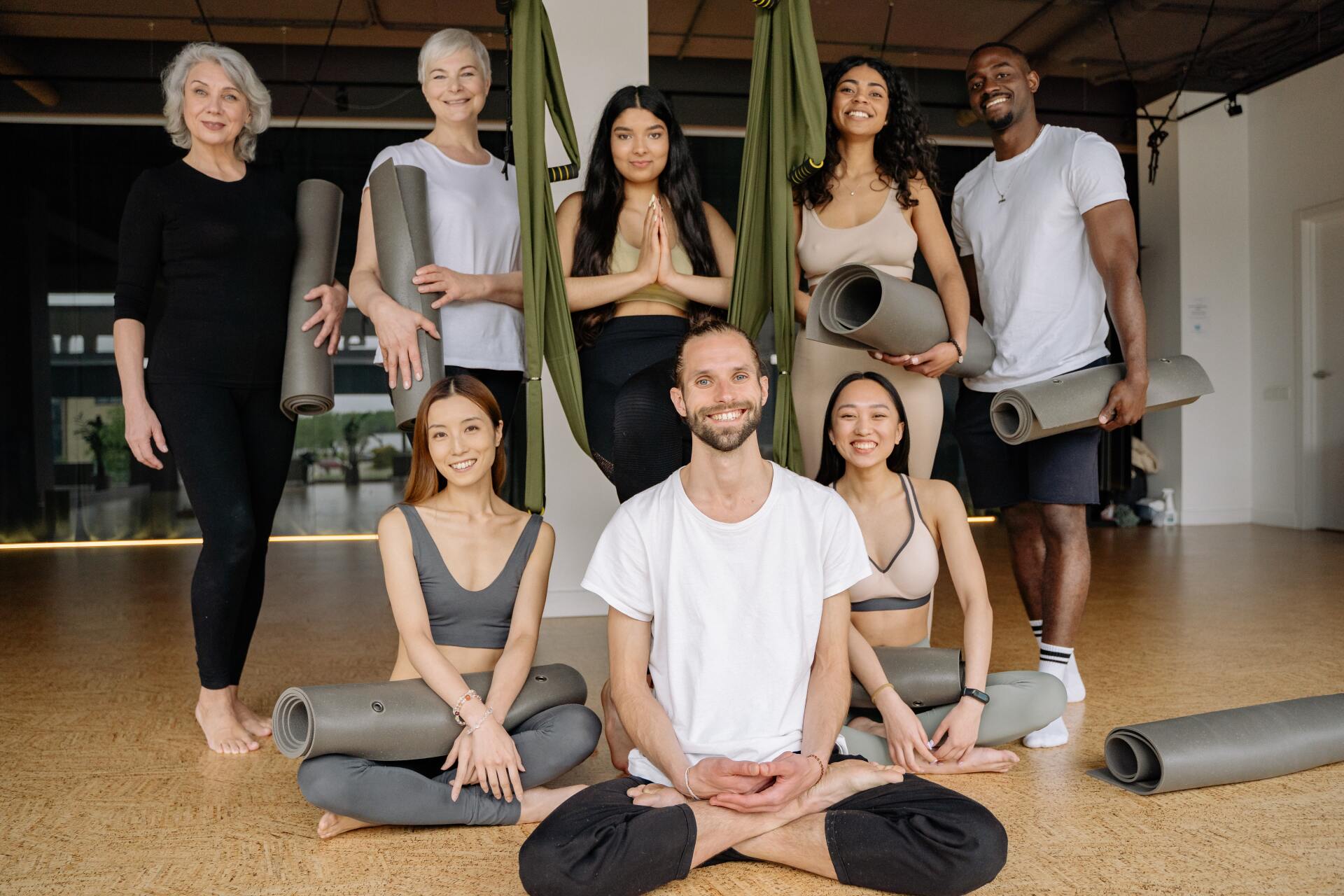In this post I’ll give you 7 tips to support your journey back into exercising.
Most of us have at some point in our lives been forced to change exercise routines or our routines have come to a complete stop.
It could be a job change that no longer allows you to exercise at your “regular” times, a sickness in the family, an injury, or as we’ve just experienced: a worldwide pandemic, putting a halter on your exercising goals.
We all know the importance of movement in our daily lives. The importance of staying strong mentally and physically as we mature and get older.
But life gets busy, and it can be challenging to overcome the barriers to fit in an exercise routine.
One of the biggest barriers is that we simply don’t know where to start.
“Should I hire a Personal Trainer? How do I know if they are the right person for me? What about my injuries? Or those sore knees? Should I join a class? But what if I embarrass myself? And what about the food? Will they put me on some strict diet that I know, before I even start, I can’t keep?”
Some, or perhaps all, of these thoughts may be going through your head, and then it feels easier simply not to do anything at all.
In this post I’ll give you 7 tips to support your journey back into exercising.
The First step
Get support from a trusted professional
This is especially important if you’re returning to exercise after an injury or if you’ve got a chronic disease, condition, or family history.
Consult with a qualified health professional like your GP, or book in to have a chat with one of our senior Wellness coaches or Accredited Exercise Physiologists.
We’ll take you through a consultation that includes a Pre-Exercise Screening and a movement screen. Together we will be able to guide you on which type of exercise and or rehabilitation will be best for you.
This will assist you in making informed choices.
Slowly Increase daily movement
Don’t overdo it!
Whenever you start a new form of exercise, even if it’s a daily walk in the neighbourhood, it’s important to start slowly with small volumes of training. As you get stronger you can gradually increase frequency, duration, and intensity, in that order.
Exercising in intervals or breaking up the workout is a good way to ensure you include rest in your program. This gives your body and muscles time to recover and minimises the risk of injuries. Every step and repetition counts, and some exercise is better than none at all.
Recruit friends and family members
Build a supportive routine
It can be challenging returning to exercise and building up a new routine, so consider asking a friend to join you. This’ll help you feel accountable not only to yourself but also your friend.
And then of course there’s also the social aspect of doing a fun physical activity with loved ones.
Consistency is key
But be realistic
Make a commitment that’s easily attainable and realistic.
It’s better to commit to say 2 workouts per week consistently than trying to commit to 5 or 6.
But do aim to meet the recommended guidelines:
- 150 minutes of moderate-intensity aerobic exercise OR,
- 75 minutes of vigorous aerobic exercise per week,
- as well as strength and balance training, twice a week.
Research has shown that a lack of strength is a major risk factor for musculoskeletal injury in both young and mature adults.
So, it’s important to incorporate strength training into your workout.
Moreover, muscle mass and strength decline significantly after the age of 50 years and dramatically after 65 years of age. An accredited exercise professional (AEP) can help with this aspect of your training.
Listen to your body
Keep track
Self-monitor your workouts by keeping records of intervals, time spend and how you are feeling before, during and after the workout.
Notice when you can maintain two or three movement sessions across a week, for several weeks - that's when you know you’re well on your way to reach your health goals.
Action, action, action!
Every bit count
Yes, unless you actually move your body, you won’t be able to receive the winning health gains.
So, if you find that you didn’t make it to the class you had booked in for this morning, maybe it’s time to consider what other activities you can do.
Choose movement you enjoy e.g., do a walk listening to music or a good podcast, sign up for a yoga or pilates class, have a hula Hoop break, do a short, but high intensity workout, throw a kitchen dance party or set a goal of doing 50 squats off your chair throughout the day.
If you enjoy your workout, it’ll be easier to keep it up and stay motivated.
Get support from a professional
A personal exercise plan helps you succeed
An Exercise Professional, such as an AEP (Accredited Exercise Physiologist), is a great support partner when you’re returning to your exercising journey.
Not only can they provide motivation for your workout, but as experts of exercise they can tailor a plan specific to your needs, abilities, and goals.
These are my top 7 tips for how to return safely to exercise.
Are you still unsure on how to get started, have questions or simply would like the support of an exercise professional?
At Wellness In Motion we offer a range of personalised small group training sessions as well as one-on-one personal training. All our sessions are run by Wellness coaches, Sport & Exercise Scientists as well as Exercise Physiologists, to ensure you get the support you need.
Pop by the studio to book in for a personal consultation where we’ll answer your questions and a take you through a movement screen FMS assessment,
or
contact us
Johannah
(Founder of Wellness in Motion)




